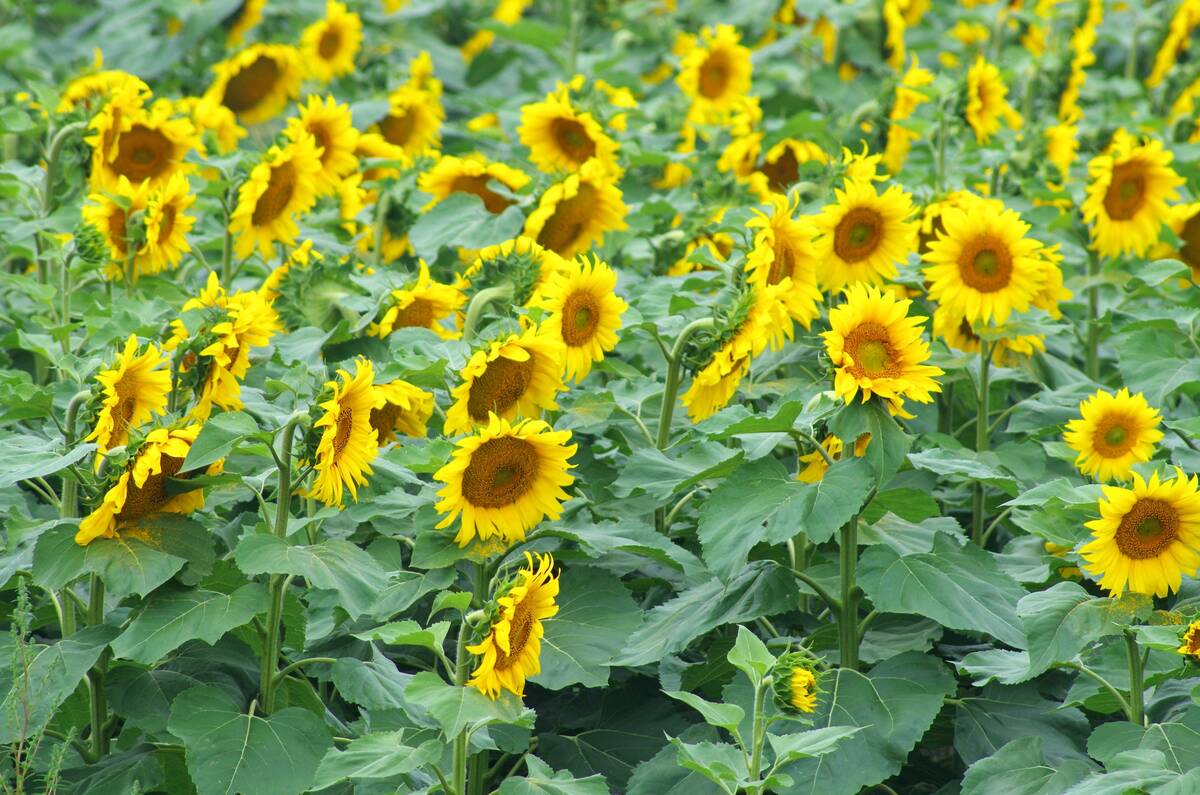The Canadian Wheat Board increased its Pool Return Outlook for wheat by $1 a tonne thanks to improved market conditions caused by the Americans’ smaller than expected acreage seeded to winter wheat.
However, that positive market factor was offset by slow grain movement caused by bad weather, which will reduce the amount of Canadian grain priced before the new crop enters the market, the board said in a release.
The rising Canadian dollar also has limited the PRO’s increase because most world trade is conducted in U.S. dollars.
Read Also

Made-in-Manitoba sunflower hybrid heads to market
Glacier FarmMedia – Manitoba’s confection sunflower growers will have a new seed option next spring that was developed specifically to…
The board increased feed barley prices by $2 a tonne. Strong Saudi Arabian demand and reduced European Union subsidies have improved the world barley market.
Special select two-row designated barley was raised $1 a tonne and six-row increased $4. There has been good demand from China for two row and from the United States for six row. Rains in Argentina reduced the quantity of malting quality barley from that country, the board said.
The Australian Wheat Board also raised its final price estimate by $3. The forecast price is now $185. It dropped 30 percent between last May and November.
The Australian board made record export sales during the early months of the 1996-97 crop year. Exports in December hit 1.9 million tonnes.
But AWB general manager of merchandising Ron Storey said there is still a considerable amount of wheat to be sold, making it difficult to accurately estimate the final return for growers.
“We’re really in unknown territory,” he said. “We know that we’ll be competing with the United States and European suppliers, but we still don’t have a clear idea of how much we will have to compete with or what sort of demand pattern will emerge.”
The AWB also announced it has increased its crop size estimate to 23 million tonnes, up from an estimate of 21.5 million late last fall and a million tonnes more than the previous record set in 1983-84.














